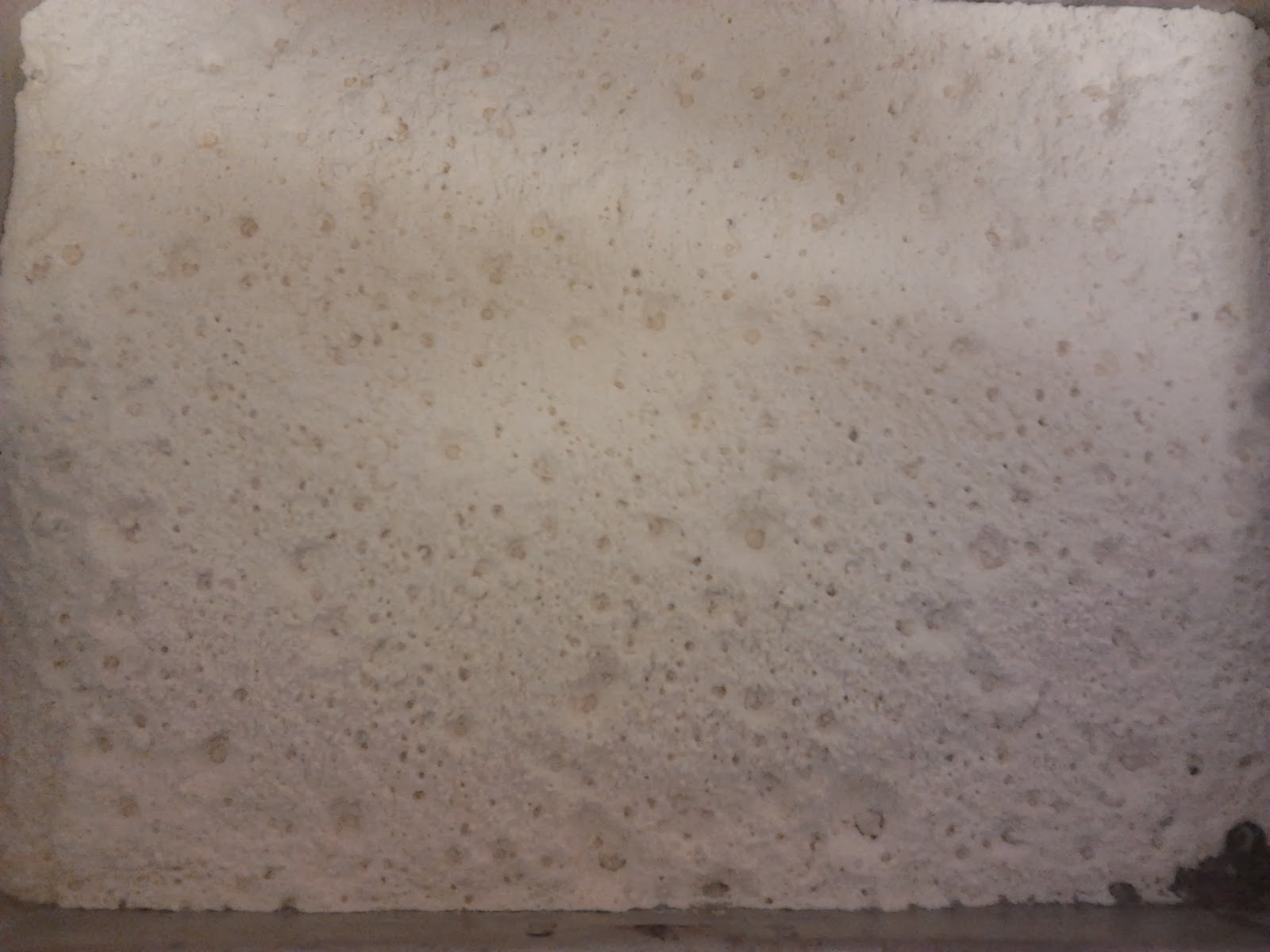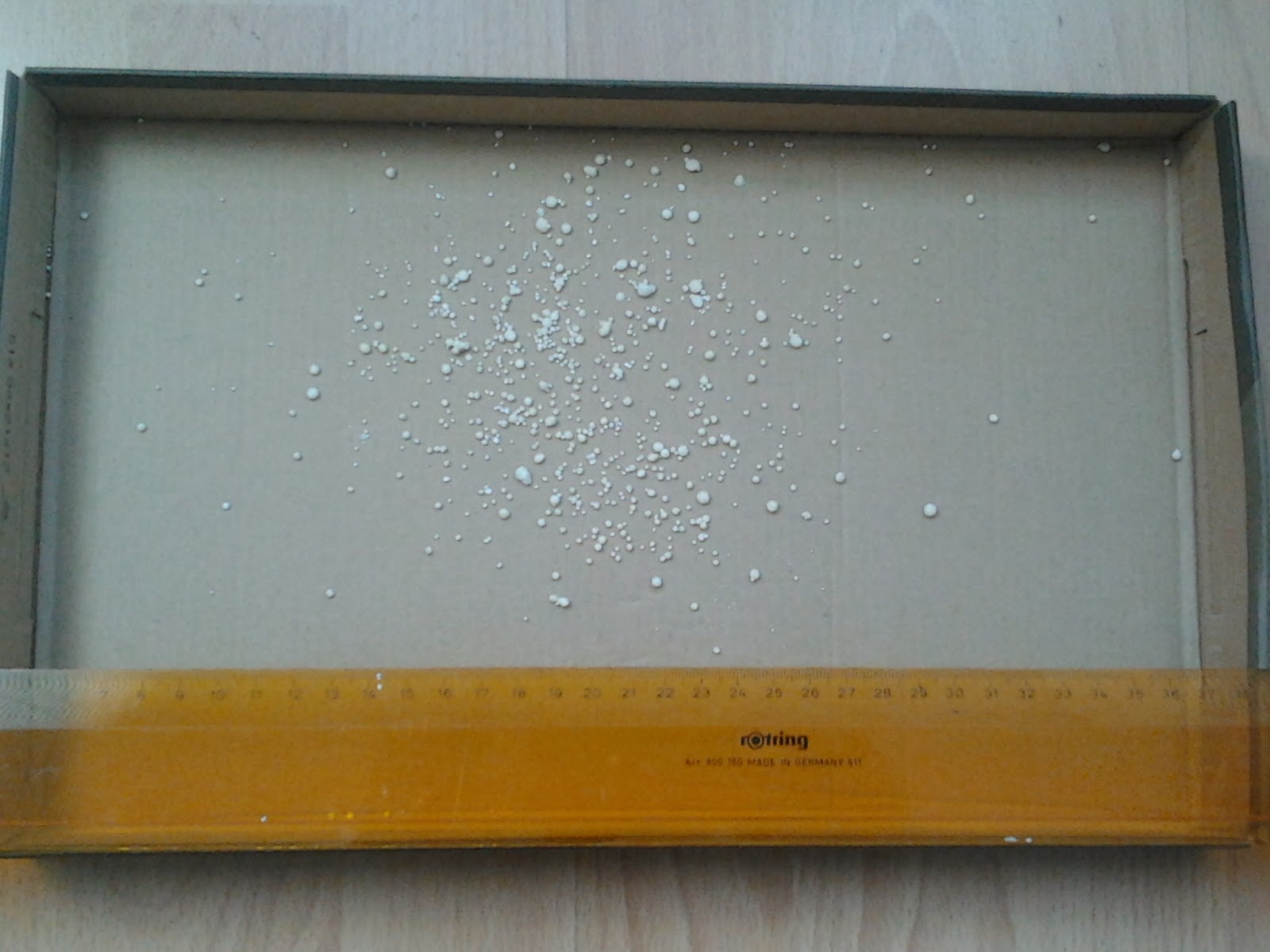A CLIMATE CHANGE MONITORING ACTIVITY
TO BE HOSTED BY THE SOCIETY OF AFRICAN EARTH SCIENTISTS 0N 19-21ST
MARCH 2014 AS PART OF DAY OF EARTH SCIENCES IN AFRICA
The Society of African Earth Scientists
(SAES) will on the 19th-21st March 2014 be participating in
“Day of Earth Sciences in Africa “as part of the Association of African Women
in the Geosciences-led, “Day of Earth Sciences in Africa and the Middle East”.
The Society, as a partner in the event, will be hosting a climate change
monitoring activity involving the annual measurement of the size distribution of local raindrops using the standard flour
pellet method. All participants are
invited to post their results on the SAES facebook page or to email them to saescientists@hotmail.co.uk. It
is hoped to involve schools in Africa and the diaspora.
Activity
Summary
To measure the size distributions of local raindrops,
using the flour pellet method.
Outcome
The SAES
hosted activity will
- Demonstrate a valuable earth science research method that requires little resources and is affordable and simple to perform.
- Potentially result in the collection of useful research data of use in monitoring of climate change.
- Serve to illustrate the role of earth science in Africa
Background
Raindrop sizes
appear to increase with increasing rain intensity. But studies in tropical
climates where rainfall is heavier have shown that this is only true for low
intensities less than 100 mm/hr. Beyond this intensity range, we find that
raindrops are smaller in size as rain intensity increases. Although no direct
references are available, it has been posited within the scientific community
that climate change affects the pattern of raindrop size distributions. We may,
for instance, in the future see a predominance of raindrops falling into the
larger size class, with fewer drops occupying the smaller size classes. Or we
might see something unexpected which contradicts this. Our experiments would
positively contribute to the current situation where there are too few studies
to show that raindrop sizes or size distributions give an indication of climate
change – although this may indeed be true.
Raindrop sizes vary globally from (approx) 1-2 mm median size in temperate climates, to 3mm and above in the tropics. Salako (2003) gives the following data for raindrop sizes determined using the flour pellet test, in Nigeria.
Raindrop sizes vary globally from (approx) 1-2 mm median size in temperate climates, to 3mm and above in the tropics. Salako (2003) gives the following data for raindrop sizes determined using the flour pellet test, in Nigeria.
Table
1 Raindrop Sizes
Determined by the Flour Pellet Test in Nigeria (Salako, 2003)
Agroecological
Zone
|
Maximum
Drop Size (mm)
|
Median
Drop Size (mm)
|
Source
|
South
Eastern Nigeria savanna
|
3.4
|
1.1-2.9
|
Obi and
Salako (1995)
|
South
Central Nigeria, humid forest
|
5.1
|
2.3
|
Salako et
al. (1995)
|
South
Western Nigeria, humid forest
|
4.5
|
3.0
|
Aina (1980)
|
Typically, tropical rainfall will achieve intensities as high as 150 mm per hour. The annual rainfall of temperate climates is typically 600mm per year (in UK for instance) whereas that of tropical climates reaches levels of 1000-1500mm, as in West Africa.
Measuring the size of raindrops is most simply performed by the flour pellet method[i] , which is performed by catching raindrops in pans of flour and weighing the pellets that they form, after they have been both air dried and dried in an oven.
Detailed
Description of the Activity
Objective:
The Society of African Earth Scientists’
Earth Science Day activity invites us to measure the raindrop size distributions
in our local area using the flour pellet method.
Apparatus:
1) A
quantity of plain baking flour
2) Particle
size analysis sieves: 710 µm, 1.00 mm, 1.40 mm, 1.70 mm, 2.00 mm, 2.36 mm, 2.80 mm
3) Sampling
pans (e.g. aluminium baking tray 32cmx22cm x3.5cm*)
*Although
dimensions are specified, participants should not feel inhibited from using
alternatives at their disposal. The main objective is to collect good samples
of raindrops that are as approximately spherical and unspoiled as possible. In
this case 3cm depth to prevent samples spoiling by splashing is crucial to maintain
the quality of samples whilst sufficient tray
width will enhance the size of the sample
Procedure:
In summary, we aim to capture samples of
raindrops from a typical local storm in the period February – March, around the
Annual Day of Earth Sciences in Africa. To catch the raindrop samples we fill a
rectangular baking tray filled with plain baking flour to a depth of 3 cm. The
raindrops are then sampled by taking two samples over a ten minute period
within a typical storm. Figure 1 shows sampled raindrops in a pan filled with
baking flour.
Figure 1 Raindrop flour
pellet samples collected in a pan filled with 3cm depth of baking flour
The pan or tray of collected drop samples
is then left to air dry for 2 hours before being further dried for a further 2 hours
in the oven at about 105 degrees centigrade. In strict research procedure, a drying time of
12 hours in an oven at 105 degrees C may be required. But recognising limitations
in time and resources for this exercise (power cuts could not guarantee 12
hours of oven drying in some instances)
we can be flexible, but still obtain good flour pellet samples. If no oven is
available, then air drying for 5 to 12 hours (depending on the local climate)
is probably sufficient to obtain hard dried pellet samples as shown in figure
2.
Once the flour pellet samples are dried,
they are sorted into size classes by
sieving through varied size meshes: 710 µm (or
0.71 mm), 1 mm, 1.4 mm, 1.7 mm,
2.0 mm, 2.36 mm, 2.8 mm. The pellets falling into each size class are weighed and
then counted.
Figure 2 shows the dried pellet samples of
a London storm collected by the author. Photography gives us an opportunity to
include those participants who are unable to obtain the necessary sieving
equipment, but who can still participate by collecting raindrop samples as
described above, drying them and sieving them with a standard tea strainer, and
sending in photographs of the flour pellets displayed adjacent to a clearly
graduated ruler graduated in millimetres (mm). Although laborious, we can use photographs to
estimate the size of the pellets and sort them into their respective size
classes.
Figure 2 Flour pellets after
air and oven drying, ready for size analysis
Rigour requires that we calibrate the flour
that we are using by capturing a sample of water drop of a known size. To
simplify matters we require only that participants record the source of their
baking flour stating the source or the brand name of the flour. The flour can
be calibrated at a later stage using information on the source of the flour.
The following is an example of the results
table of flour pellet samples collected by the author in a test sampling
simulated rain.
Table
2 Flour pellet test
results table
A
|
B
|
C
|
D
|
E
|
SIZE CLASS
|
NO. OF DROPS
|
WT OF ALL PELLETS (g)
|
WT OF MEAN PELLET (mg)
W
|
RAINDROP DIAMETER (mm)
Dr
|
2.8 mm
|
16
|
0.307
|
19.175
|
3.21
|
2.36 mm
|
14
|
0.133
|
9.514
|
2.63
|
2.0 mm
|
37
|
0.205
|
5.546
|
2.20
|
1.7 mm
|
71
|
0.256
|
3.611
|
1.90
|
1.4 mm
|
128
|
0.266
|
2.08
|
1.58
|
1.0 mm
|
396
|
0.447
|
1.129
|
1.29
|
710 µm
|
1050
|
0.395
|
0.376
|
0.89
|
From the number of raindrops and weight of
pellets in each class (columns B and C)
we are able to determine the mean weight of a pellet (column D) by
dividing the weight of pellets in each class by the number of raindrops in that
class. The diameter of raindrops in the class can then be determined by the
following formula
Dr = [
(6/π) xW ]1/3
.......................... (1)
where W is the mean pellet weight and Dr is the raindrop diameter.
Results:
Please record the date of collection of
flour pellet samples. This must accompany any results submitted. Under the guidance of their tutor, it is sufficient
for younger students to record in
table form (as in table 2, columns A to D), results of the counting of the
pellets and weighing of the pellets in each size class to
complete the exercise for DAY OF EARTH SCIENCES. Older students (12-13 years old and upwards), can
use the data from the table with equation (1) to determine the raindrop
diameters corresponding to their results and hence complete the results table
(as in table 2, columns A to E) to include raindrop diameters. Please email your results to: saescientists@hotmail.co.uk anytime during 19-21st March 2014.
Society of African Earth Scientists, February 2014
Society of African Earth Scientists, February 2014
REFERENCES
- Bentley,
W.A., 1904, Studies of raindrops and
raindrop phenomena, Monthly Weather Review, 32: 450-456.
- Salako,
F.K., 2003, Susceptibility of coarse
textured soils to soil erosion by water in the tropics, University of
Agriculture, Abeokuta, Nigeria.


